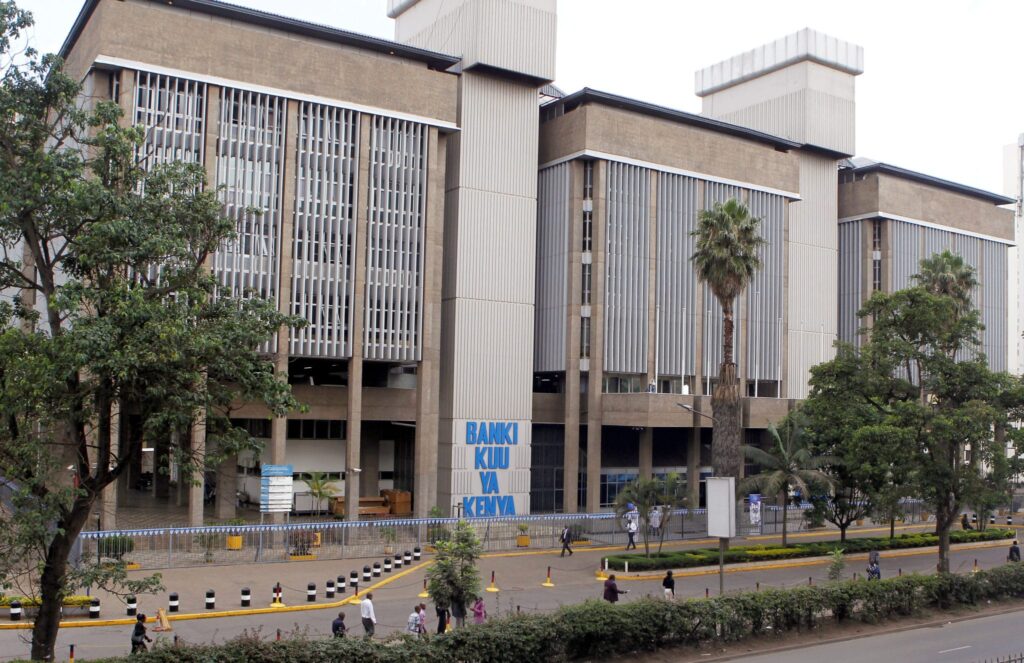Kenya’s economy has consistently demonstrated resilience, maintaining growth rates above the regional average despite facing numerous challenges. In 2021, the country’s gross domestic product (GDP) grew by 5%, marking one of the faster recoveries among Sub-Saharan African nations following the COVID-19 pandemic.
This robust performance can be attributed to several factors. A significant demographic shift is underway, with fertility rates declining from about eight children per woman in the 1970s to just above three today. This trend, driven by better education and economic prospects, especially in urban areas, aligns with increased urbanization and aspirations for economic empowerment among women. Such demographic changes are poised to accelerate economic development by improving savings rates and enabling more affordable funding for growth.
The agricultural sector, a cornerstone of Kenya’s economy, experienced a stronger-than-expected rebound after two consecutive years of drought. This recovery played a pivotal role in the estimated 5.4% real GDP expansion in 2023, up from 4.8% in 2022.
Kenya’s commitment to fiscal consolidation and policy reforms has been instrumental in building economic resilience. The government has implemented measures to address debt vulnerabilities while safeguarding resources for priority social and developmental needs. These efforts aim to build resilience to shocks, improve governance and transparency, and support broader economic reforms to realize the country’s medium-term potential.
The International Monetary Fund (IMF) has recognized Kenya’s progress, approving the seventh and eighth reviews of the country’s economic program in October 2024. This approval unlocked access to a $606 million loan tranche, underscoring the IMF’s confidence in Kenya’s economic management and reform agenda.
However, the path to economic resilience has not been without challenges. In mid-2024, the government’s proposal to implement steep tax increases to meet IMF fiscal targets led to significant unrest, resulting in protests and a subsequent withdrawal of the finance bill. These events highlighted the delicate balance between implementing necessary fiscal measures and maintaining public support.
Despite these hurdles, Kenya has successfully met all targets set by the IMF for its loan program review, as reported by Central Bank Governor Kamau Thugge in October 2024. This achievement is expected to facilitate continued engagement with the IMF beyond April 2025, reflecting the country’s commitment to its economic reform agenda.

Inflation has been on a downward trajectory, with expectations of further declines. As of September 2024, the annual inflation rate stood at 3.6%, and projections indicate a continued decrease, contributing to improved economic stability. Kenya’s foreign exchange reserves have also seen an uptick, reaching $8.6 billion in October 2024. This buildup of external buffers enhances the country’s ability to manage external shocks and supports the stability of the Kenyan shilling.
To sustain economic resilience, Kenya aims to accelerate structural transformation, which currently contributes only 28% to labor productivity growth. Achieving a higher annual GDP growth of 7.3% could generate 1.36 million new jobs and reduce unemployment to 7%. However, significant financial resources are needed to achieve these targets. Kenya requires $12 billion annually by 2030 and $2 billion per year by 2063 to close its financing gap and support transformation initiatives. While domestic resource mobilization, such as increasing the tax-to-GDP ratio from 13% to its potential of 27%, is a key priority, Kenya is also advocating for reforms in the global financial system. These include restructuring the debt architecture, expanding access to concessional finance, and increasing Kenya’s voice in global economic decision-making processes.
In conclusion, Kenya’s economy exhibits a remarkable capacity for resilience, underpinned by demographic shifts, sectoral recoveries, and steadfast policy reforms. While challenges persist, the nation’s proactive approach to economic management positions it well for sustained growth and development in the years ahead.










